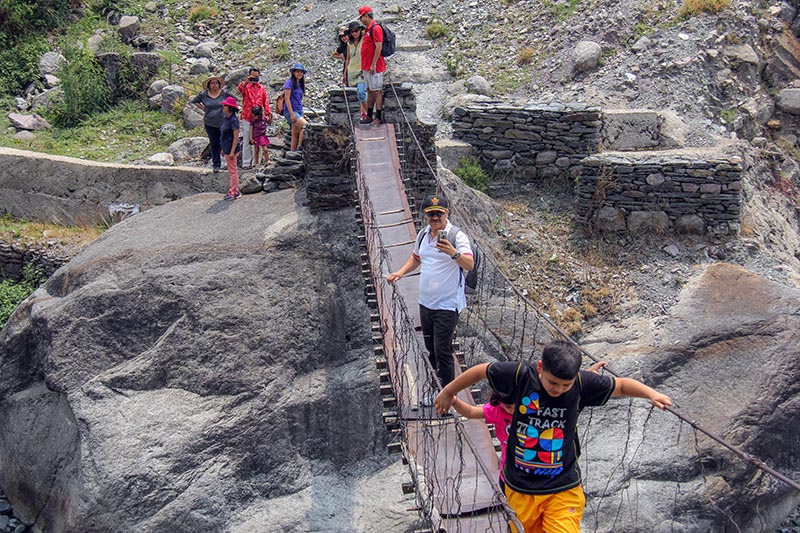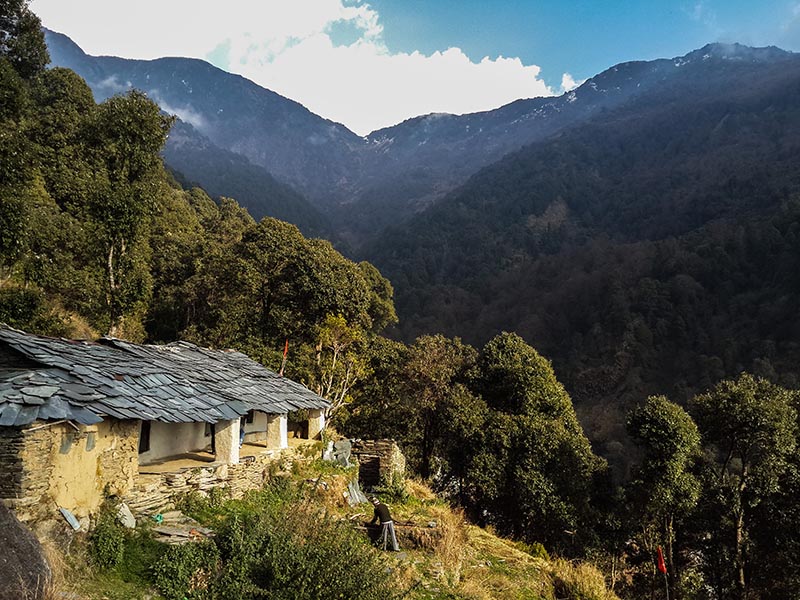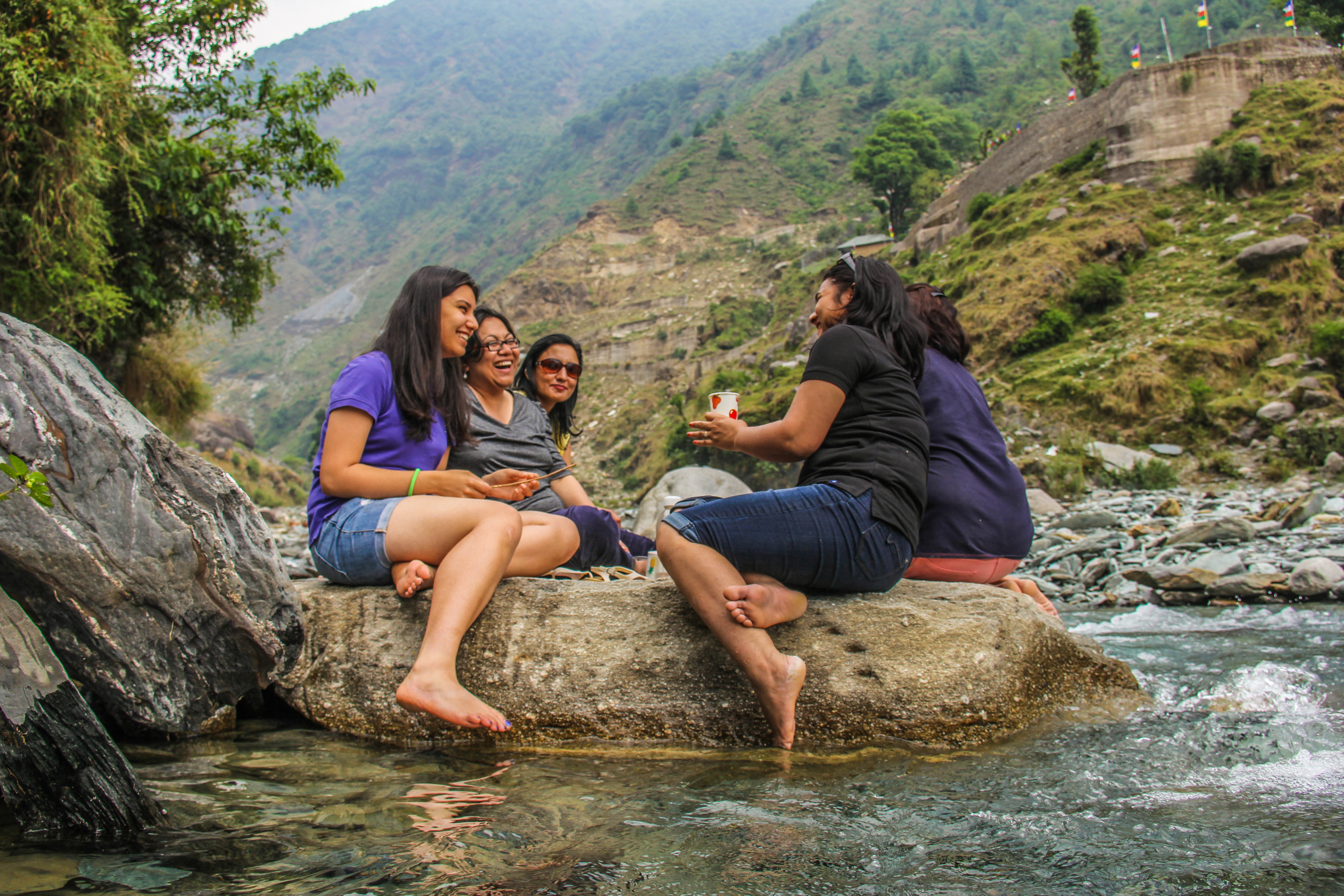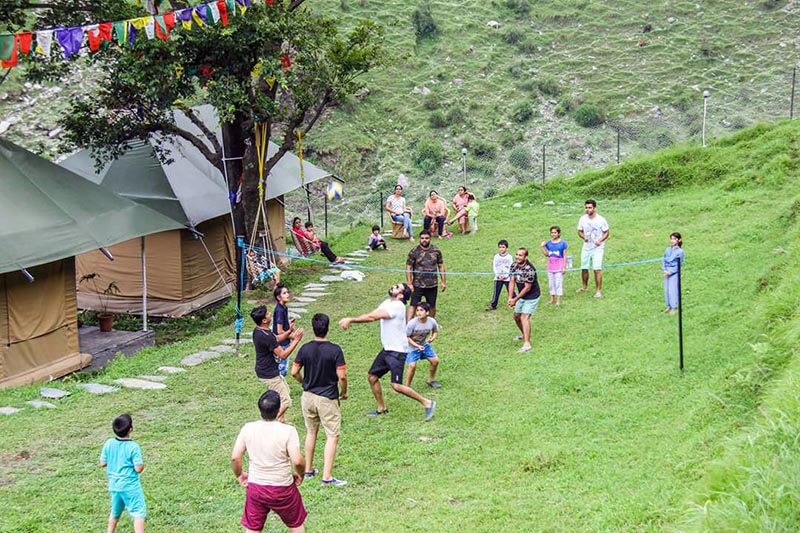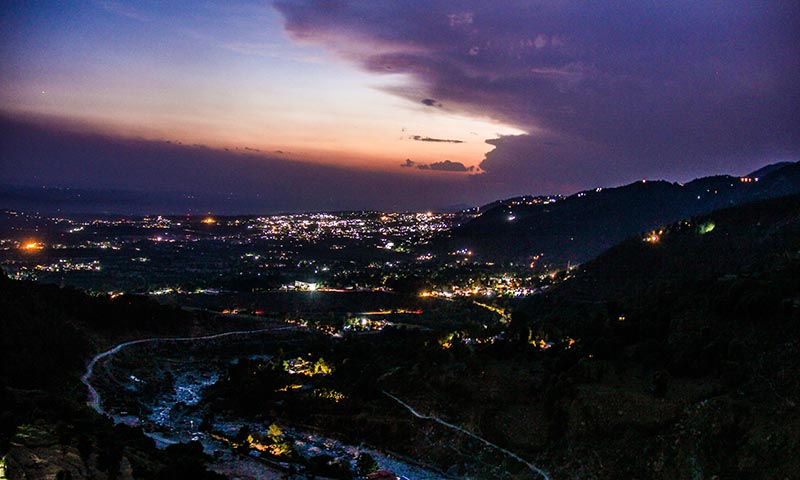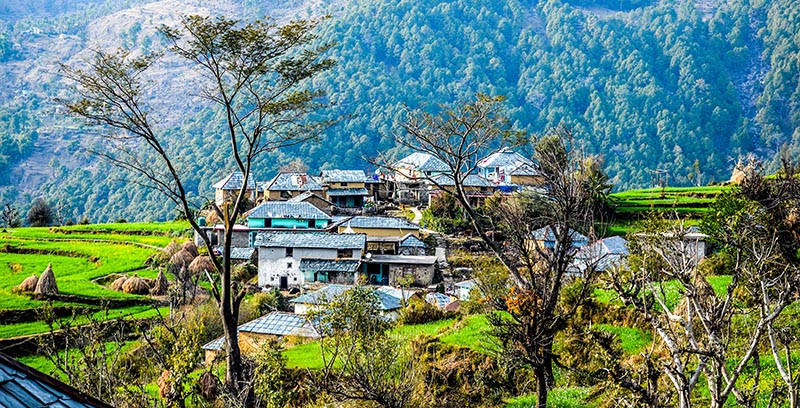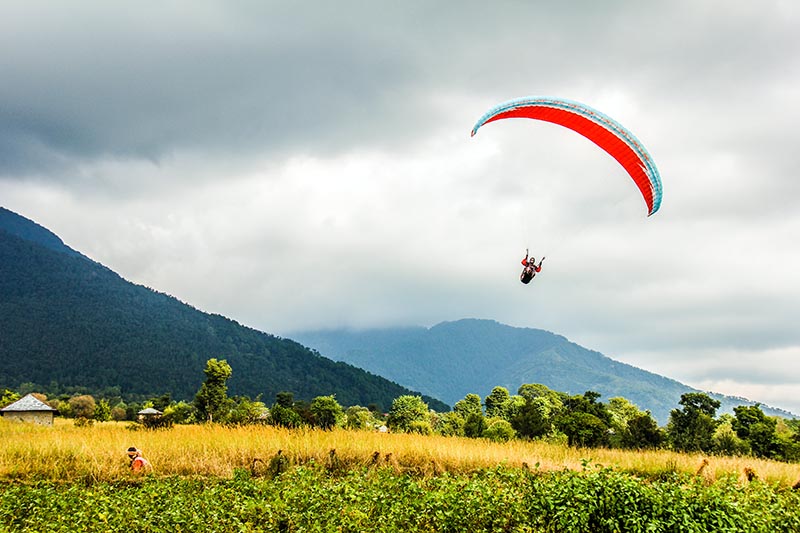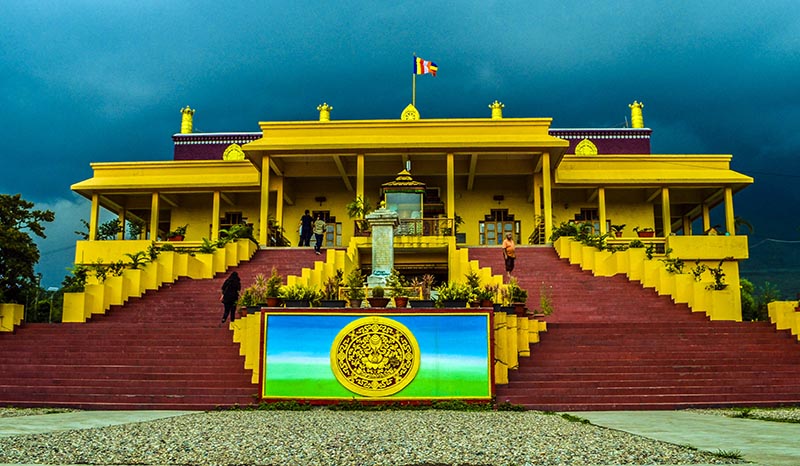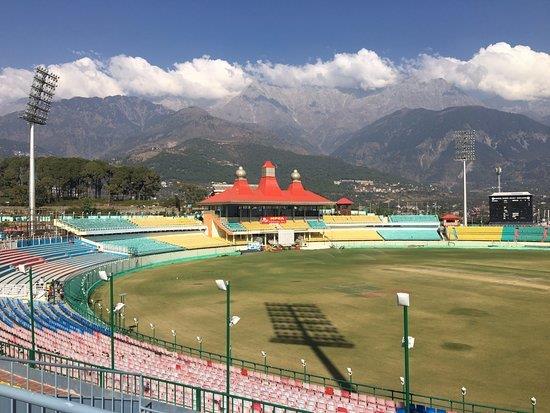Pilgrim Tour: Jwalaji, Chintapurani, Chamunda & Nagarkot Dham
Embark on a spiritual journey through the sacred sites of Jwalaji, Chintapurani, Chamunda, and Nagarkot Dham. Discover the divine essence, rich history, and cultural significance of these revered temples in Himachal Pradesh, where faith and tradition intertwine.
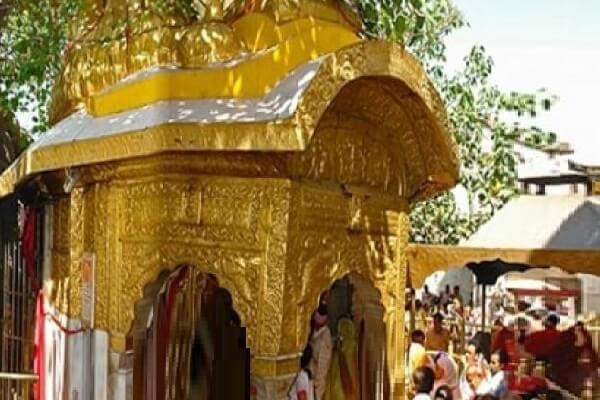
Embarking on a pilgrim tour to the holy sites of Jwalaji, Chintapurani, Chamunda, and Nagarkot Dham in Himachal Pradesh offers a unique blend of spiritual enlightenment and cultural immersion. These sacred temples, each with its own rich history and divine significance, attract devotees from all over the world. Join us on this journey to explore the sanctity and serenity of these revered sites.
Jwalaji Temple:
The Eternal Flame:
Jwalaji Temple, also known as Jwala Devi Temple, is renowned for its eternal flames that continuously burn through fissures in the rock. These flames are considered manifestations of the goddess Jwala Devi and are a testament to the temple's mystical allure.
Historical and Religious Significance:
Believed to be one of the 51 Shakti Peethas, Jwalaji Temple holds a significant place in Hindu mythology. It is said that Sati's tongue fell here, and the temple has been a major center of devotion for centuries. Pilgrims visit the temple to seek blessings and witness the miraculous flames.
Architectural Beauty:
The temple's architecture is a blend of traditional Indian styles, featuring intricate carvings and ornate decorations. The main shrine houses the sacred flames, and the temple complex is adorned with various smaller shrines and sacred spots.
Chintapurani Temple:
Goddess Chintpurni:
Chintapurani Temple is dedicated to Goddess Chintpurni, who is believed to remove all worries and fulfill the desires of her devotees. The temple's name itself signifies the goddess's power to relieve devotees of their troubles (Chinta).
Legends and Lore:
According to legend, the temple marks the spot where Sati's forehead fell. Devotees believe that offering prayers and presenting their worries to the goddess will bring them peace and solutions to their problems. The temple attracts thousands of pilgrims, especially during the Navratri festival.
Pilgrimage Experience:
Visitors to Chintapurani Temple often participate in the traditional rituals and ceremonies, offering their prayers and seeking the goddess's blessings. The serene environment and the temple's spiritual ambiance provide a sense of calm and reassurance.
Chamunda Devi Temple:
The Fearsome Mother:
Chamunda Devi Temple is dedicated to Chamunda, a fearsome aspect of the goddess Durga. Known as the slayer of demons Chanda and Munda, the goddess is worshipped for her power and protective nature.
Sacred Surroundings:
The temple is located amidst lush green surroundings, providing a tranquil setting for worship and meditation. The Beas River flowing nearby adds to the serene and picturesque environment.
Rituals and Celebrations:
Chamunda Devi Temple is a hub of religious activity, especially during festivals like Navratri and Durga Puja. Devotees offer prayers, participate in rituals, and engage in spiritual practices to seek the goddess's protection and blessings.
Nagarkot Dham:
Ancient Legacy:
Nagarkot Dham, also known as Kangra Devi Temple, is one of the oldest and most revered temples in the region. Dedicated to Goddess Durga, the temple is believed to have been established by the Pandavas during their exile.
Historical Significance:
The temple has witnessed various historical events and invasions, including attacks by Mahmud of Ghazni. Despite these challenges, Nagarkot Dham remains a symbol of faith and resilience, attracting devotees and history enthusiasts alike.
Architectural Splendor:
Nagarkot Dham's architecture reflects the grandeur of ancient Indian temple design. The temple complex includes intricate carvings, sacred altars, and beautifully designed prayer halls, offering a magnificent visual and spiritual experience.
FAQs:
Q: Where is Jwalaji Temple located?
A: Jwalaji Temple is located in the Kangra district of Himachal Pradesh, India.
Q: What is the best time to visit these temples?
A: The best time to visit is during the spring (March to June) and autumn (September to November) months when the weather is pleasant.
Q: How can I reach these temples?
A: The temples are well-connected by road and can be reached by buses, taxis, or private vehicles. The nearest major town is Dharamshala.
Q: Are there any specific rituals to follow at these temples?
A: It is advisable to follow the temple's guidelines and participate in traditional rituals such as offering prayers, lighting lamps, and presenting offerings.
Q: Are there accommodation facilities near these temples?
A: Yes, there are various accommodation options ranging from budget hotels to guesthouses near these temples.
Q: What are the temple timings?
A: Temple timings vary, but they generally open early in the morning and close in the evening. It is best to check the specific timings for each temple.
Q: Is photography allowed inside the temples?
A: Photography policies vary; it is best to check with the temple authorities. Some temples may restrict photography in certain areas.
Q: Are there any festivals celebrated at these temples?
A: Yes, major festivals like Navratri and Durga Puja are celebrated with great fervor at these temples, attracting large numbers of devotees.
Q: Can I find guides or tours for these temples?
A: Yes, guided tours are available, providing detailed information about the history, significance, and rituals of these temples.
Q: What should I wear when visiting these temples?
A: It is recommended to wear modest and comfortable clothing that is appropriate for a place of worship.

